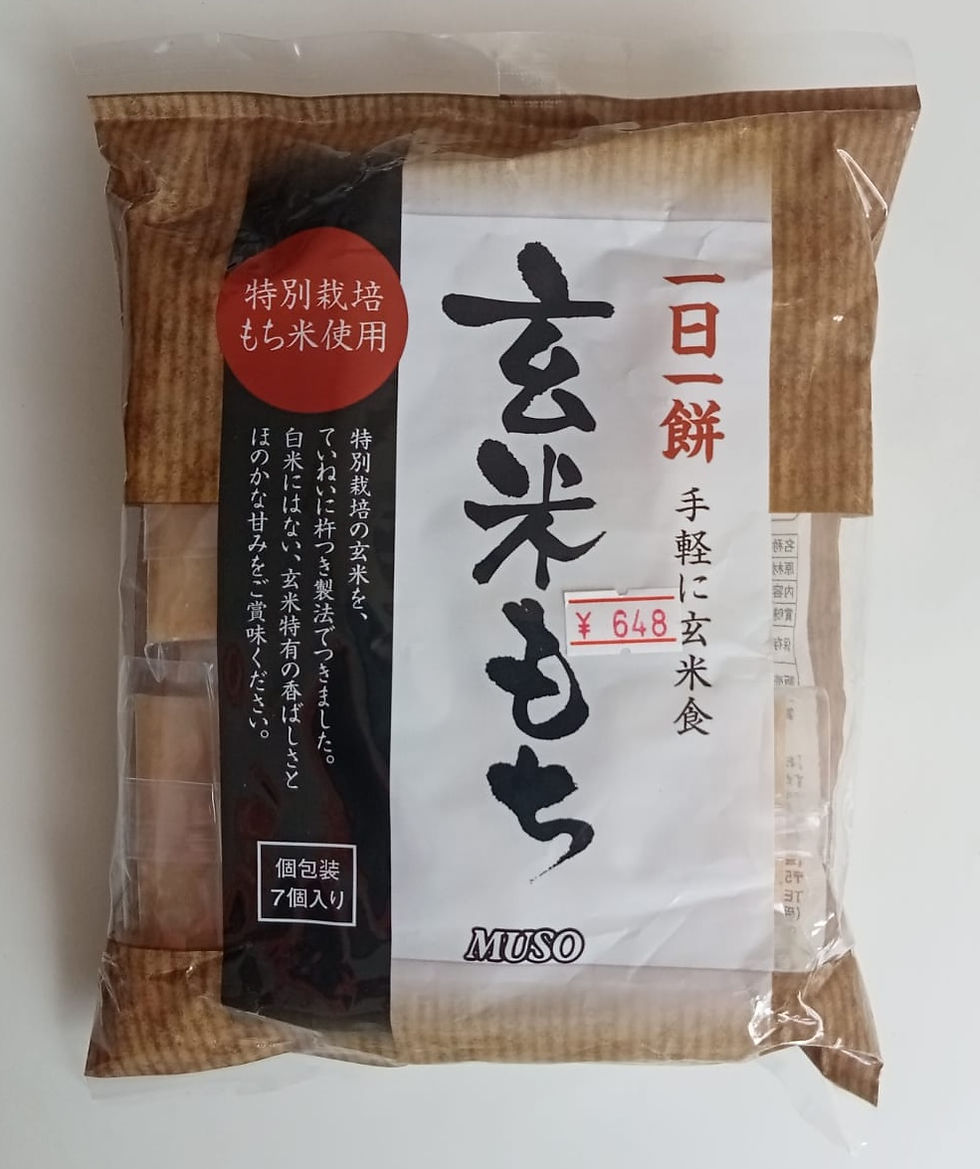The older, the more beautiful: Wabi Sabi
- Atsuko

- Feb 23
- 3 min read
Sometimes we feel less happy as we grow older because we tell ourselves that we are not as beautiful as we used to be.
But what if growing older only deepens our beauty?
Japan offers a unique perspective with Wabi Sabi, the art of finding beauty in the unconventional—appreciating what is simple, imperfect, and aged.
Wabi Sabi is a combination of two distinct ideas:
Wabi is the beauty found in simplicity. It celebrates uncluttered, humble aesthetics and the authenticity of natural forms.
Sabi is the beauty that emerges with age. It honors the marks of time and the graceful patina that comes with life.

History of “Wabi Sabi”
Originating in the 16th century, Wabi Sabi emerged during a time when lavish, ornate tea ceremony tools were the norm.
The influential tea master, Sen No Rikyu, challenged this perspective by advocating for the understated elegance of simplicity. He believed that true beauty resided in objects that bore the natural traces of time, thereby laying the philosophical groundwork for Wabi Sabi.

What We Appreciate in Wabi Sabi Culture
Wabi Sabi teaches us to find beauty in:
Imperfection, Asymmetry, and Irregularity: Unique flaws and the natural, non-uniform aspects of objects.
Simplicity: A minimalist, unadorned aesthetic that focuses on the essentials.
Age and Patina: The character and history revealed through wear, weathering, and the passage of time.
Nature: The organic beauty and unpredictability inherent in the natural world.
Examples of Wabi Sabi in Everyday Life
Kintsukuroi (Kintsugi)

Kintsukuroi, or Kintsugi, is the art of repairing broken pottery with lacquer dusted with powdered gold, silver, or platinum.
Rather than disguising the damage, this technique accentuates the fractures, celebrating the object’s history and transformation.
Each repaired piece becomes a testament to resilience and beauty in imperfection—an idea that resonates deeply with the Wabi Sabi philosophy.
Stone Monument with Moss

Imagine an ancient stone monument, its rough surfaces softened by a blanket of vibrant moss.
The moss represents nature’s tender reclamation of man-made objects over time, and the weathered stone speaks to a long, storied past.
This harmonious blend of age and natural growth encapsulates the Wabi Sabi spirit, evoking a sense of calm acceptance and the beauty of time’s inevitable passage.
Old but Cherished Tableware, Dishes, and Utensils

Every scratch, stain, and faded color on old tableware tells a story—a memory of family gatherings, festive celebrations, and everyday meals.
These objects, worn with love and use, carry an intrinsic beauty that modern, flawless items often lack.
Their humble imperfections serve as a reminder that beauty deepens with history and care, much like the lives we lead.
Old but Well-Cared Houses

Old houses, meticulously maintained over decades, embody the soul of Wabi Sabi.
The creaking wooden floors, gently weathered walls, and lovingly preserved details all speak to a legacy of care and remembrance.
These homes, though marked by time, radiate warmth and character, proving that age can be a profound marker of beauty and enduring comfort.
Nature’s Art – Changing Leaf Colors

Nature’s seasonal transformations—such as the brilliant shift of green leaves to fiery reds and oranges in autumn—remind us of the beauty found in impermanence.
These changes, though transient, are profoundly moving.
They reflect the cycle of growth and decay, urging us to embrace the fleeting moments of beauty in life, much like we do with our own aging journey.
Conclusion
Do you see the beauty here?
We might sometimes reject imperfections and the visible signs of aging, yet beauty persists in everything that is cared for—be it through nature or human touch.
Much like the objects and landscapes celebrated in Wabi Sabi, we too grow more beautiful as we age, enriched by our experiences and memories. By cherishing the marks of our past and nurturing ourselves, we honor our journey and reveal the profound beauty that time bestows.
Let’s embrace our inner beauty and appreciate every chapter of our lives. After all, the older we get, the more beautiful we truly become.
Subscribe to Our Free Newsletter and Uncover the Secrets of Lifelong Health and Happiness




Comments